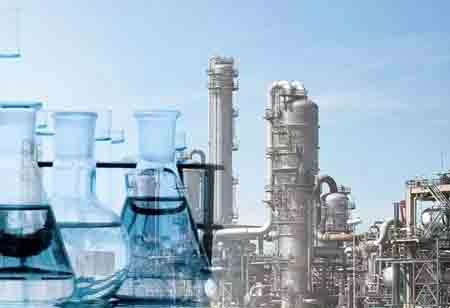Chemical transportation faces several challenges, including safety concerns, regulatory compliance, and environmental impact.
FREMONT, CA: The transportation of chemicals is an essential component of the chemical industry, enabling the movement of raw materials, finished products, and intermediates between manufacturers, suppliers, and customers. Chemical transportation faces several challenges, including safety concerns, regulatory compliance, and environmental impact. Addressing these challenges is critical to ensuring the safe and efficient movement of chemicals and maintaining the chemical industry's sustainability.
Safety is a top priority in the transportation of chemicals. Chemicals can pose significant risks to human health, the environment, and infrastructure if improperly handled and transported. For example, some chemicals may be flammable, corrosive, or toxic and need special handling and storage to prevent accidents or spills. To address these safety concerns, the chemical industry has developed extensive safety protocols, including regulations for packaging, labeling, and transportation of hazardous materials.
Regulatory compliance is another challenge in chemical transportation. Many chemicals are subject to regulations at the national and international levels, which can include labeling, documentation, and handling requirements. Failure to follow these regulations can lead to fines, legal action, and harm to a company's reputation. To address these challenges, the chemical industry works closely with regulatory agencies and logistics providers to ensure that chemicals are transported safely and comply with applicable regulations.
Environmental impact is another significant challenge in chemical transportation. Chemicals, including air and water pollution, greenhouse gas emissions, and soil contamination, can adversely affect the environment. To address these challenges, the chemical industry has implemented measures to reduce the environmental impact of chemical transportation, including using more efficient modes of transportation, such as rail and waterways, and adopting sustainable practices, such as reducing emissions and improving waste management.
In addition to these challenges, the chemical industry faces ongoing global economic changes, such as shifting supply chains, increasing demand for sustainability, and geopolitical factors. To address these challenges, the chemical industry is investing in new technologies and approaches to chemical transportation, such as digitization and automation, to increase efficiency, reduce costs, and improve sustainability.
Digitization and automation transform chemical transportation, enabling greater efficiency and transparency in supply chains. For example, electronic documentation and tracking systems can enable real-time monitoring of chemical shipments, improving visibility and reducing the risk of delays or accidents. Additionally, using autonomous vehicles and drones can reduce the need for human intervention in transporting chemicals, improving safety and reducing costs.
Another approach to improving chemical transportation's sustainability is using alternative fuels and technologies. For example, the use of electric vehicles or hydrogen-powered vehicles can reduce emissions and improve energy efficiency. Developing new packaging materials like bioplastics can reduce waste and environmental impact.
In conclusion, chemical transportation is a critical component of the chemical industry, enabling the movement of raw materials, finished products, and intermediates between manufacturers, suppliers, and customers. Addressing safety, regulatory compliance, and environmental impact challenges is critical to ensuring the safe and efficient movement of chemicals and maintaining the chemical industry's sustainability. Adopting new technologies and approaches, such as digitization, automation, and alternative fuels, can improve efficiency, reduce costs, and improve sustainability, enabling the chemical industry to adapt to ongoing changes in the global economy.

